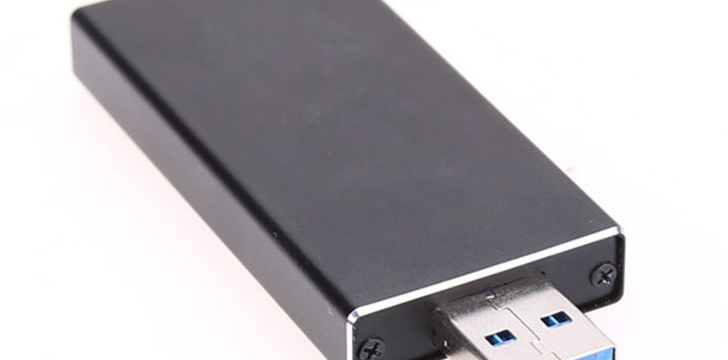A few years ago, not many computers came equipped with an SSD. At that point, the prices of hard drives were in steep decline and we were enjoying more storage space in return for affordable prices. 3.5-inch hard drives reached the 1TB milestone and it didn’t take long before bigger drives were available.
The switch to flash-based, solid state storage (SSD) happened not too long after. As the prices of flash memory and SSDs went down, these drives became more accessible to everyday users and faster drives became standard in desktop PCs and laptops alike.
The SSD Revolution
One of the reasons why SSDs are now so popular is the sheer performance this new type of drives offers. SSDs can deliver read and write speeds of up to 550MB/s. Some high-performance SSDs will even hit more than 1,800MB/s. Hard drives can only reach around 70MB/s, with the high-performance options delivering no more than 120MB/s.
There are, however, some fundamental differences between the two storage options, particularly in the way files are deleted. When you delete a file from a hard drive, the sectors occupied by that file are marked as available. The file actually remains in the drive until those sectors are filled with other data. SSDs handle file deletion rather differently; the file gets deleted right away.
Many who switched from HDDs to SSDs then face a common problem: restoring broken files and accidentally deleted ones from SSDs is not as straightforward as recovering files from hard drives. Hardware failure in SSDs is even more challenging to deal with.
A Relatively Young Technology
The main issue with recovering files from SSDs is the relatively young age of the technology itself. Hard drives have been around for so long that companies that specialize in file recovery can develop and refine their solutions to a point where recovering files directly from the disc inside your hard drive is possible. With SSDs, the recovery technology hasn’t gotten that far yet.
Many of the recovery options still base their solutions on older flash memory technology used in flash drives and memory cards. While they work for most situations – such as when you accidentally delete a file from the SSD – they are not 100% reliable. Most of the time, the recovery solution will show no files to recover after a deep scan of the drive.
Future Apps and Solutions
The next generation of recovery software and solutions are now entering the market, which means you now have more options when it comes to dealing with lost files and SSD drives. The latest data recovery software for Windows, designed to accommodate newer solid-state technology such as the NVME PCI-E M.2 drives, is more than capable of restoring files that have been deleted. The drives themselves are also being refined, giving more options to everyday users.
Some specialists and recovery centers now have the ability to recover files directly from the flash memory chips. The solution is still in its early stage, but it shows that the market is trying to keep up. After all, SSDs are the future now that prices start to go down and faster drives become a standard.

Leave a Reply
You must be logged in to post a comment.